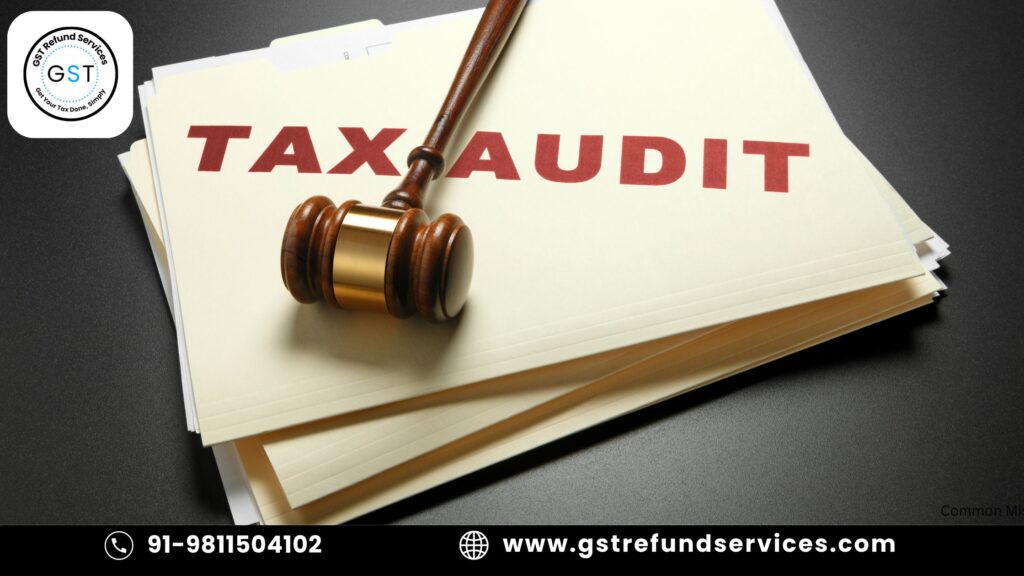
As GST Input Tax Credit. we approach 2024, the Goods and Services Tax (GST) regime continues to evolve, causing changes to the Input Tax Credit (ITC) scheme. These modifications attempt to improve compliance, streamline operations, and close gaps that have been exploited. Understanding these improvements is critical for organizations looking to optimize their ITC claims while avoiding penalties. Here’s a detailed look at the important changes and how you may react to maximize your ITC claims under the new requirements.
Key Changes to GST Input Tax Credit (ITC) for 2024
1. Stricter Documentation Requirements
- Perhaps the most significant development in 2024 is an increased emphasis on recordkeeping. The GST administration is now asking for more comprehensive and exact information to claim ITC. Businesses need to guarantee that all invoices are fully accurate and precise, including apparent facts such as GST numbers, quantities, and services or goods descriptions.
- Invoice Matching: The reconciliation process for supplier and beneficiary invoices has grown more severe. Ensure that every invoice from vendors is appropriately reported in your GSTR-2B claim, which will be matched to your GSTR-1.
- E-invoicing is now required for businesses that exceed a particular turnover threshold. This system will generate and check invoices automatically, reducing human errors and fraud. Make sure your invoicing system has been properly updated to meet this criterion.
2. New Restrictions on ITC Claims
- To prevent misuse, the amended laws impose stricter restrictions for claiming ITC. proprietors should be cautious about the following restrictions:
- ITC on Capital Goods: ITC requests on capital goods will now be approved only if the connected items or services are used for taxable uses. To qualify for the GST Input Tax Credit, capital items must be closely linked to the production of taxable outputs.
- Blocked Credits: Some items have recently been explicitly excluded from ITC claims. These include personal expenses, non-business car expenses, and any items or services made use of for exempt supplies. Businesses must carefully analyze their expenses to avoid claiming ITC for blocked credits.
- Reverse Charge Mechanism: The reverse charge strategy allows ITC claims to be presented only if the provider is present
3. Increased Scrutiny and Compliance
- Under the new GST Input Tax Credit system, GST officials will undertake more frequent audits and inspections to verify compliance. This heightened scrutiny necessitates that organizations keep precise records and verify that all documentation is correct and complete.
- Regular Reconciliation: Regularly reconcile your ITC claims with your GSTR-2B and GSTR-1 to detect and fix inconsistencies before they become a problem. This proactive strategy may help you avoid hefty penalties.
- Audit Preparation: Prepare for audits by keeping detailed records of all transactions and accompanying papers. Implement internal controls to ensure your ITC claims are accurate.
4. Enhanced ITC Utilization Process
The new regulations also introduce changes to how GST Input Tax Credit can be utilized:
- ITC Utilization Sequence: The order of ITC utilization against different types of tax liabilities (CGST, SGST, and IGST) has been updated. Businesses must now follow the prescribed sequence to ensure proper utilization and avoid issues with mismatched credits.
- ITC Refunds: Procedures for claiming ITC refunds have been revised. Ensure you are familiar with the new process and deadlines for filing refund claims to prevent delays or rejections.
Maximizing Your ITC Claims Under the New Rules
To adapt to these changes and maximize your ITC claims:
- Update Your Systems: Ensure your accounting and invoicing systems are up-to-date with the new requirements, including e-invoicing and documentation standards.
- Train Your Team: Educate your finance and accounting teams on the new regulations and procedures. Proper training will help them manage ITC claims more effectively and ensure compliance.
- Consult Professionals: If the changes seem complex, consider consulting with GST professionals or tax consultants who can provide guidance and help you navigate the new ITC framework.
- Stay Informed: Keep abreast of any further updates or clarifications from GST authorities. Regularly check for notifications and circulars that may impact ITC regulations.
The GST Input Tax Credit framework is undergoing significant changes in 2024, with stricter regulations and new documentation requirements. By understanding and adapting to these changes, businesses can maximize their ITC claims, ensure compliance, and avoid penalties. Staying informed and proactive is key to navigating the evolving GST landscape and optimizing your tax benefits.
For further assistance, consider reaching out to GST Refund Services who can offer personalized advice and ensure your ITC claims are handled efficiently and in compliance with the latest regulations.


